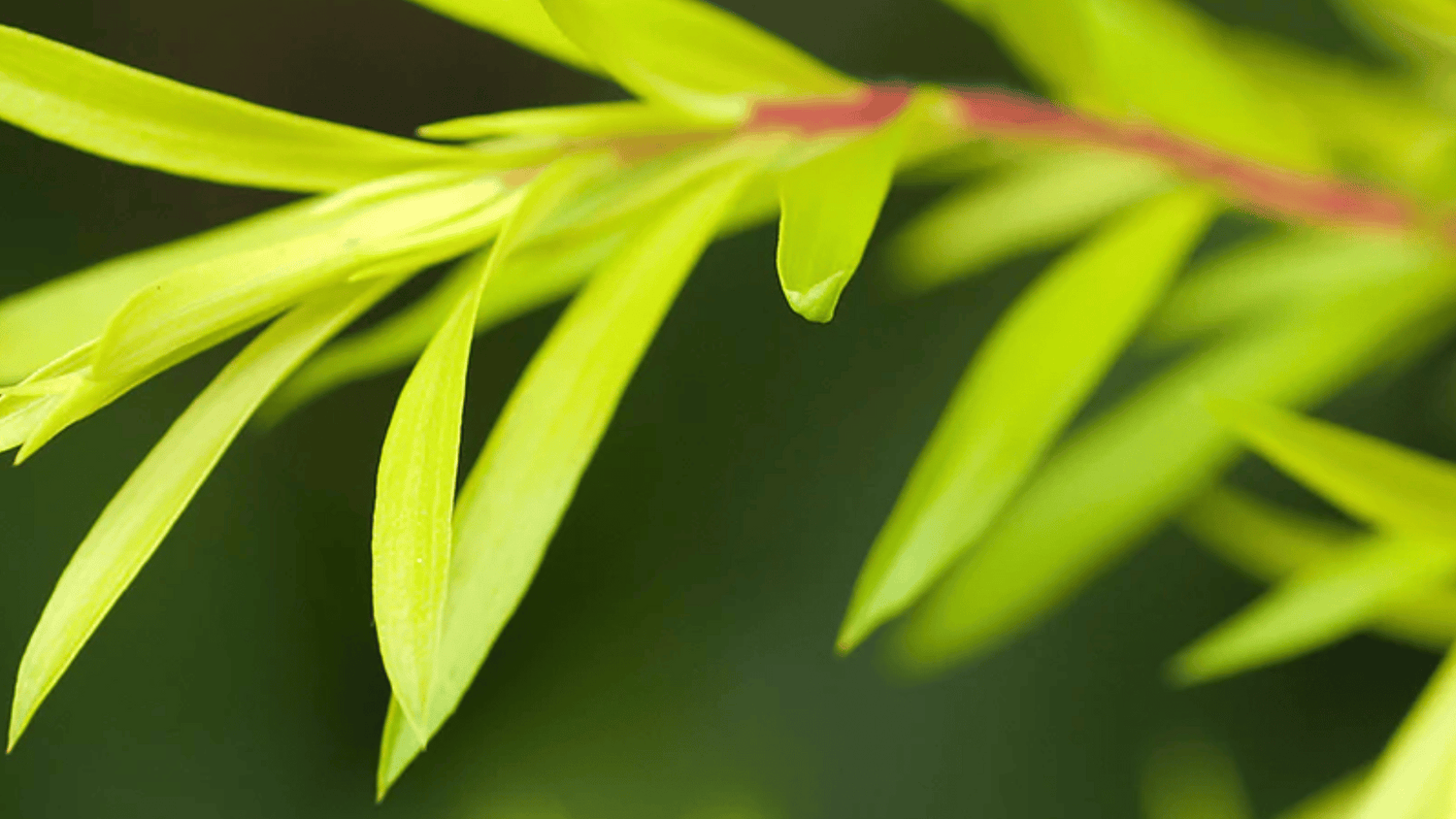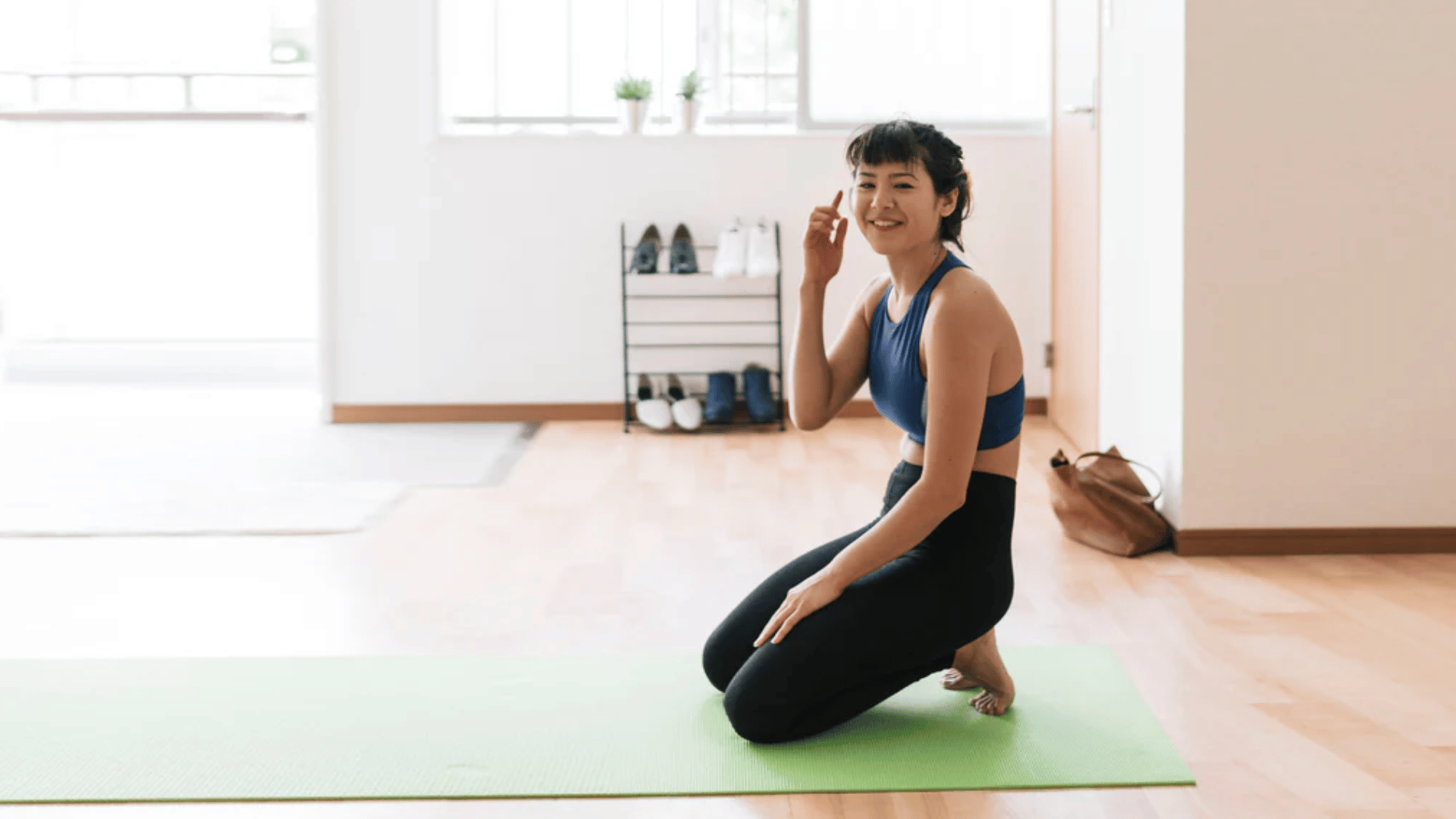One of the greatest benefits of yoga is its ability to rejuvenate and relax the body and mind. In fact, there is a whole form of the practice dedicated to just that goal: restorative yoga. If you often feel frazzled, fatigued, or stressed, restorative is the yoga for you.
Restore and rejuvenate with yoga
Restorative yoga is nothing short of blissful. It’s not intended as a workout. It won’t make you strong and powerful. What it will do is restore your mind and body and perhaps make you feel like you’re floating on a cloud.
Get cozy with some props
Blankets, bolsters, blocks, and pillows are placed strategically to help open the heart, hips, and other tight areas of the body. Restorative yoga is not so much a yoga that you do as it is a yoga that you allow to happen.
Restorative yoga poses are based on Iyengar Yoga, the style developed by Master Yogi B.K.S. Iyengar. Iyengar Yoga is renowned for its use of props to modify poses so that any student can achieve proper alignment.
The idea of restorative yoga is that the props create support that enables release of muscle tension. This, in turn, deepens the breath and calms the mind. Restorative poses are also held for longer periods of time than other types of yoga poses, often for as long as several minutes. In this way, each pose is a kind of meditation.
The bolster is the star prop of restorative yoga. It is used to open the heart and lungs in reclining poses, deepen twists, and ease stress on the body in forward bends.
Here are four restorative poses, some of which use props to create supported variations of regular poses:
- Bridge Pose: You can practice the restorative version with a block under your sacrum to support your back and stretch your spine and chest, versus working your hamstrings. Also great for relieving menstrual cramps. One of our personal favorites at Asutra!
- Reclining Bound Angle Pose: Placing blankets or blocks under your thighs and knees makes this pose more accessible if you have tight hips. Try staying in this pose for anywhere from 1 to 10 minutes to relax your hips and groin and relieve stress.
- Supported Pigeon: You can practice this pose with a block or blanket under the hip of your bent leg so you can ease into a delicious hip stretch.
- Legs up the Wall: In this pose, you lie on your back with your legs resting flat up against the wall. It’s a simple inversion and one of the most relaxing of the restorative poses. It can relieve tired or cramped legs and feet and mild back aches while calming your mind.
Restore with tea tree essential oil
Many yoga teachers incorporate the use of essential oils in their classes so that you get the mind, body, and soul benefits not only of yoga but also of aromatherapy. By its nature, restorative yoga is ideal for doing this. A great oil to try for total release and rejuvenation is tea tree oil.
Known for its medicinal properties, tea tree oil has an earthy aroma that makes it ideal for blending. It is purifying and cleansing, so it can work wonders when you are in need of mental and physical renewal. A native of Australia, tea tree is one of the world’s top antibacterial essential oils, fighting bacteria, fungus, and viruses. This oil embodies detoxification—with a refreshing and invigorating aromatic twist.
When you need to restore and revitalize, yoga and aromatherapy combine quite effectively. The benefits of both practices will reboot your body, mind, and spirit, making it easier to decompress whenever life overwhelms you. Check out our article, 5 Simple Steps to Creating Your Own Aromatherapy Practice, to learn more about how to create an aromatherapy yoga practice.
Resource:
List of Yoga Poses: A-Z Asana Guide, https://www.yogajournal.com/poses






